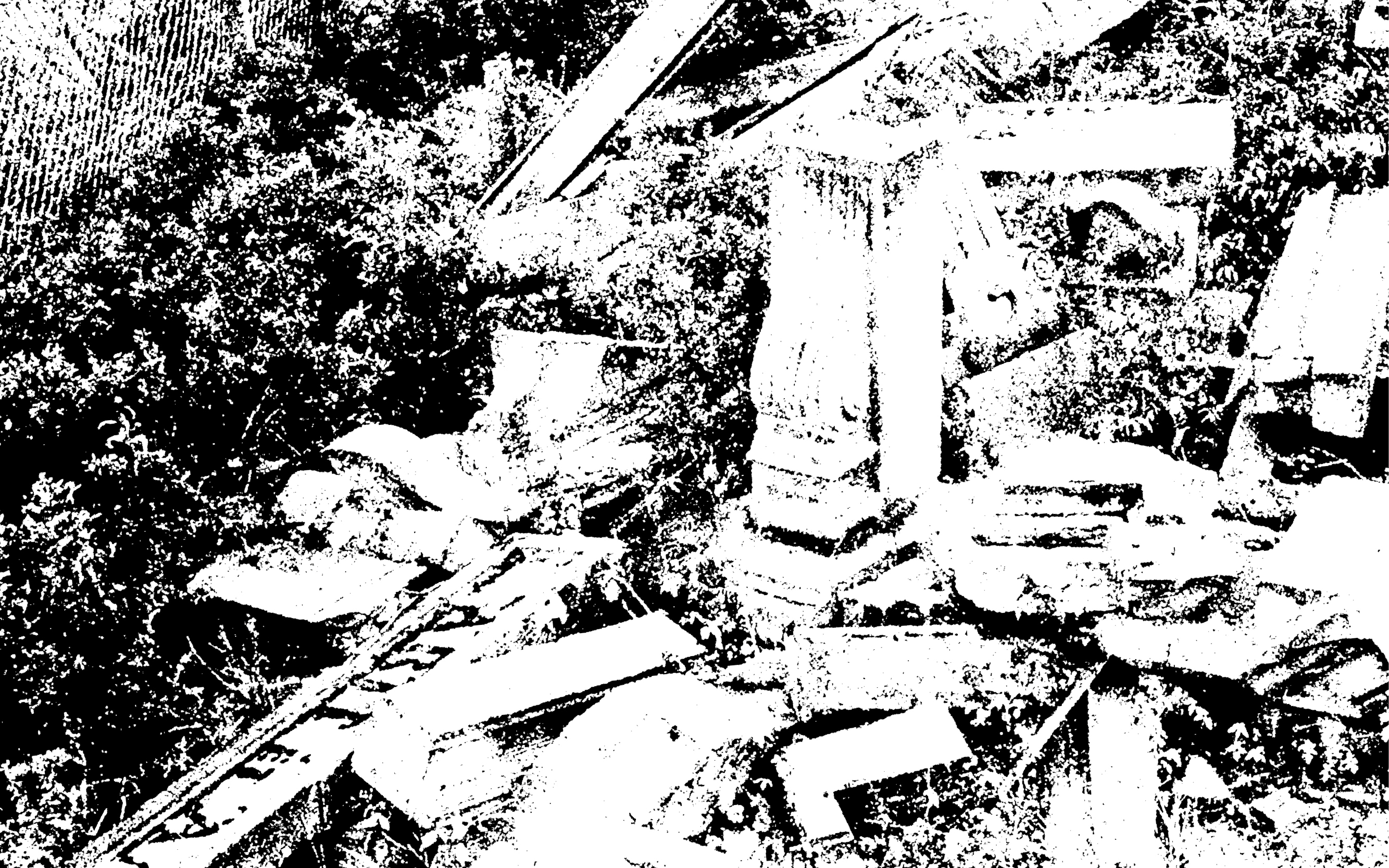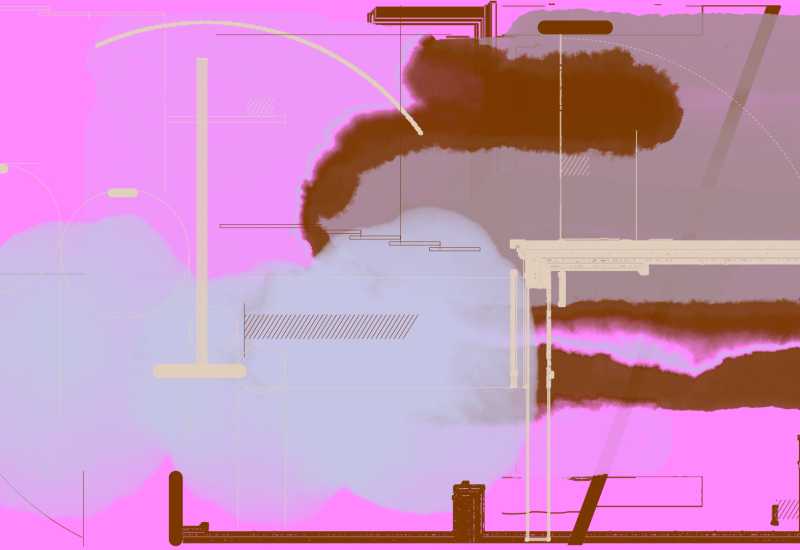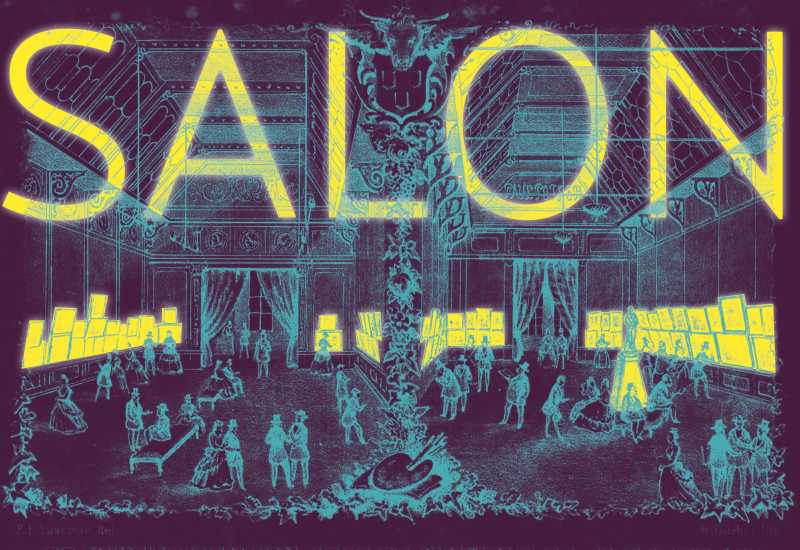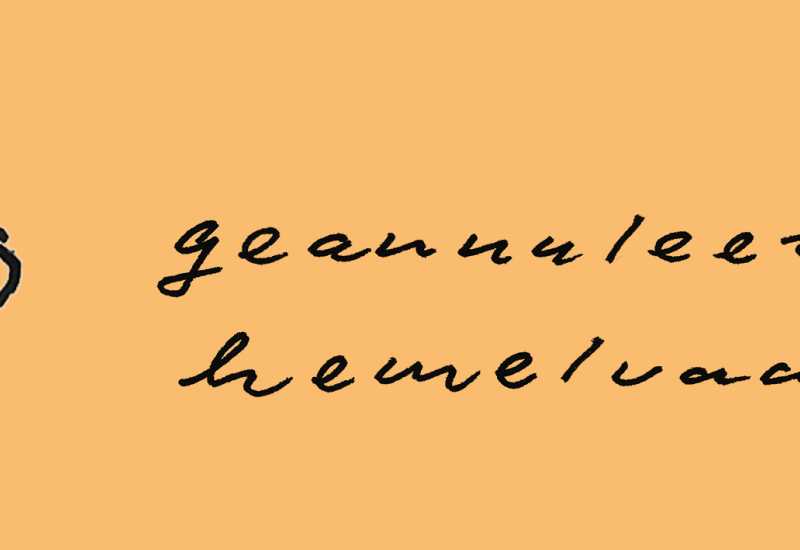They are Places without Leaves
They are Places without Leaves
Entangled by a multi-layered scenography, THEY ARE PLACES WITHOUT LEAVES (cities have no name for me) is an abandoned city dreamt together by eight artists with a collective interest in the artistic impulse of preservation and the rhythms and layers of life cycles. In this place without leaves, humans and their grand efforts are decentralised across mediums, only their traces remaining – to be explored with all our senses.
Participating artists:
Juliet Aaltonen, Leo Arnold, Elena Giolo, Arthur Jules, Luis Lecea Romera, Niklaus Metteler, Kleoniki Stanich and Sophie Wright.
Public programme:
SATURDAY 13 SEPTEMBER
HARBINGER
live sound performance by Luis Lecea Romera with S*an D. Henry-Smith, activating the scenographic elements of his installation as an expanded resonant field
SUNDAY 14 SEPTEMBER
A SNAIL IS A SNAIL, A MOON(’S) LAMENT, THE TEARS OF THE SUN
an afternoon of of performances and screenings by Maryam Shahidifar, Sophie Wright and Kleoniki Stanich
SUNDAY 28 SEPTEMBER
LIVE FOLEY PERFORMANCE
in dialogue with They Are Places Without Leaves by sound artist Maria Hilmersson Landgren
More about the exhibition:
“Cities, like dreams, are made of desires and fears, even if the thread of their discourse is secret, their rules are absurd, their perspectives deceitful, and everything conceals something else.”
– Invisible Cities by Italo Calvino
Inspired by Italo Calvino’s Invisible Cities, a collection of prose-poems that conjure 55 fictitious cities through enigmatic texts, THEY ARE PLACES WITHOUT LEAVES is an ecosystem of spatial interventions where each work exists as a relic of a different time. Rather than curating the space like a white-wall gallery show, this blueprint invited each artist into a collaboration, the fragments coming together to form a mysterious and sensorial whole where whoever enters becomes less a ‘viewer’ and more a ‘traveler,’ invited to use their bodies to navigate the terrain.
It is the encounter between different mediums that life begins to spill back into these architectural remains. Working across sculpture, video, sound, painting, and scent, the artists brought together in THEY ARE PLACES WITHOUT LEAVES share a collective interest
in the impulse of preservation – whether explored by humans through ritual or the painterly gesture of still life or in the processes of nature and its materialities. In and through these diverse artistic mediums and their varying relationships to time and states, the space becomes animated with questions and reflections around loss and memory as cycles of birth and death play out across it.
Proposing a counterpart to our increasingly sterile, screen-based, chaotic reality, for a short chunk of time Arti et Amiticae transforms into a space of oscillating temporalities, materialities and sensations.
The space will be brought to life by three events marking the life cycle of the exhibition itself.
ARTISTS
Juliet Aaltonen
Juliet’s works operate as meditations on how memory embeds itself within the physical world. Her sculptures consist of expansive fields of gauze that have been subjected to staining, tearing, and weathering by ink during the process of printing soft ground etchings. Hand- cast pewter elements punctuate the textile landscape, confounding origin and value through their transformation from utilitarian object into sentimental ornament. Juliet’s exploration of material legacies privileges embodied knowledge over written documentation, engaging with vernacular practices of making that reject our contemporary cultural climate of planned obsolescence and rapid consumption. The work suggests that our most important archives can exist in these spaces of suspension, where memory and materiality intersect.
Kleoniki Stanich
In She Wiped the Earth Off Her Face grief is investigated as the default condition of womanhood and a methodological means towards female representation in audiovisual storytelling. Opposing traditional depictions of women as mostly passive or dead, the films not only grieve for this conditioning but reframe sorrow as a rebellious act, diverting from common expectations that wish for women and girls to appear pleasant, available and desirable. Through fiction, the films seek to reanimate bodies that have been deemed dead by reimagining endless potential in cultivating a new self. This becomes a gesture of collective remembering outlined by the ritual of lament singing as seen in Northern Greece and Southern Albania.
Elena Giolo
Elena’s sculptures are made of materials traditionally used in Ancient Egyptian embalming and preservation techniques, such as salt, beeswax, and resin. The forms draw inspiration from images of fossilized flowers and plants that have gone extinct. Through this work, she explores the tension between the ephemeral and the permanent, the resistant and the fragile and the layered temporalities they evoke. The sculptures appear as buds suspended in mid-bloom, neither fully open nor closed, they echo cycles of growth and decay.
Leo Arnold
Leo’s painting depicts an Amsterdamse school sculpture located on the Oetewalerbrug bridge, at the top of the Middenweg. Situated close by the artist’s apartment, the painting began from a curiosity borne out passing this sculpture on a daily basis. Although partially observational, Leo’s paintings are made with the loosest of plans. The finished works are discovered through a process of continual revision and excavation.
Luis Lecea Romera
Luis’ works operate as instruments suspended between the architectural and the musical, through the mechanics a nd mysticism of infrasound. In Harbinger (Gust), discarded wind recordings are converted into tremors that animate copper water pipes as tubular bells. This chance-based composition allows the wind of an exterior to resonate within an interior, reversing the bad omen tied to a wind chime falling silent when the air agitates. In Harbinger (Spectre), walls tremble with low frequencies that cause plumb bobs suspended from piano and harp strings to subtly oscillate. Used in construction to ensure the straightness of architectural elements, movement frustrates their purpose; measuring devices when still, and divinatory pendulums when in motion.
Niklaus Metteler
An old copper railing, a sandstone foundation, brick puss, rubber tiles. A cool and mineral smell. The basement is the underbelly of a house – a foundation signaling attention to the palpable and emotional materiality of air. Portal 01 (Basement Smell, Switzerland) is three folded: one part refers to methods for archiving smells from various architectural spaces, another is a strategy to spot disappearing olfactory memories. The third has a potential of unifying energy, a testimony to the melting edges between materials, people and change.
Arthur Jules
Arthur’s installations, made from construction materials, sit at the crossroads of sculpture and architecture. His sculptures often mimic architecture, at times appearing under construction or restoration, while at other times evoking the past or distant locations. His architectural approach acts as a scenography, bringing together the works of other artists and blurring the boundaries between inhabited spaces and non- spaces. Through his work, the public is guided through a garden of ruins, much like a map leads a traveler. Here, the journey is shaped by the forms of walls, the movement of smoke, and the gentle flow of air.
Sophie Wright
MOON(’s) LAMENT looks both up and down to tune into monthly birth and death of the moon. Giving voice to an exasperated, dysregulated moon – fed up both with having to witness the destruction we wreak on Earth, our deranged reimagining of time as well as our projections – the monthly descent into the underworld becomes a necessary and fertile dwelling in order to rise back and up endure. Prompted by Italo Calvino’s short story Daughters of the Moon (1968), this moon’s lament takes on the manic, unstable energy of our image-obsessed epoch as the lunar body desperately tries to evade the lens of the filmmaker.
Curated by Elena Giolo, Arthur Jules and Sophie Wright.



